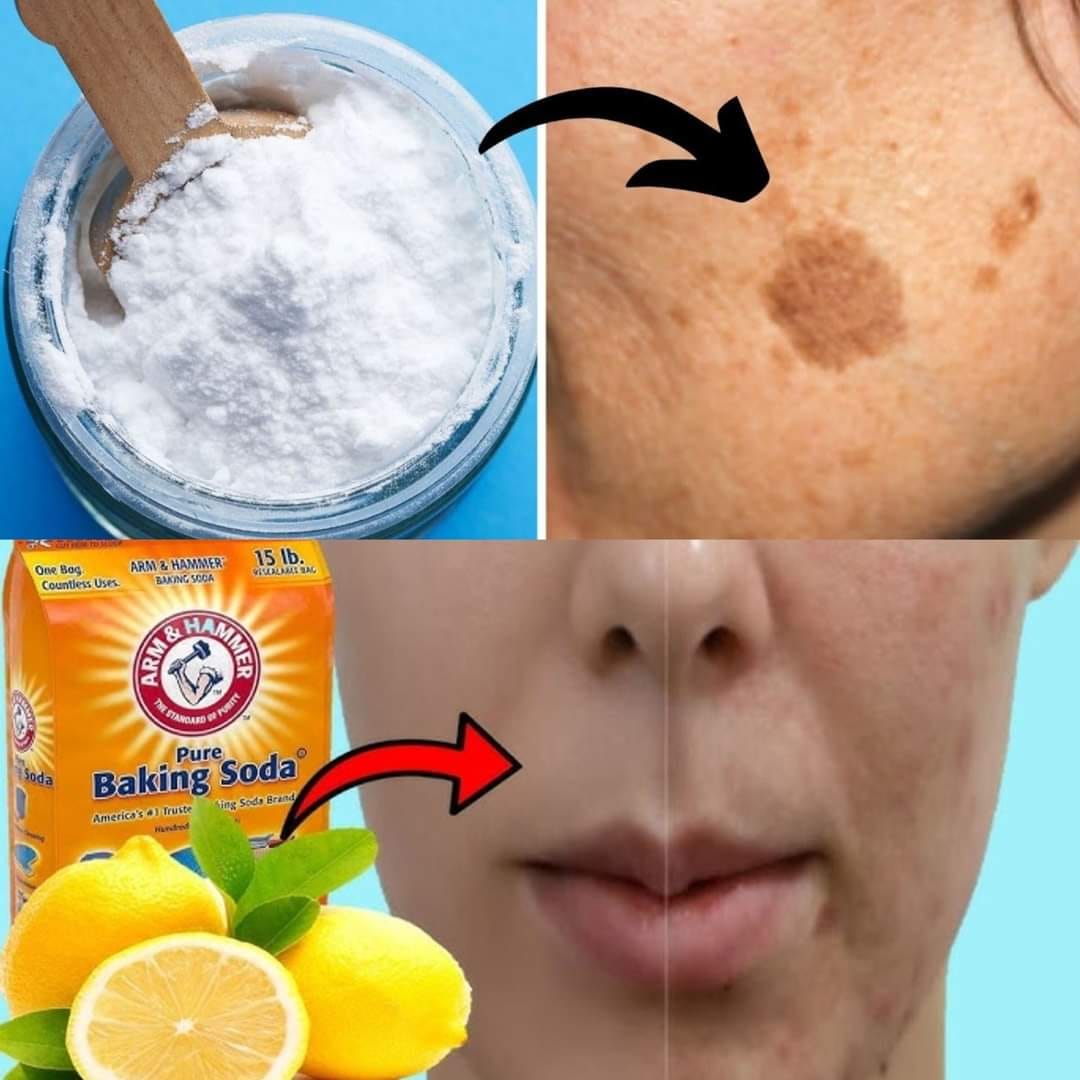How Baking Soda Helps:
- Exfoliation: The exfoliating properties of baking soda can help unclog pores and remove dead skin cells, which may reduce acne breakouts.
- pH Balancing: Baking soda can help neutralize excess acidity on the skin, potentially reducing inflammation and redness.
How to Use:
- Baking Soda Mask: Mix 2 tablespoons of baking soda with enough water to form a thick paste. Apply the paste to affected areas and leave it on for 10-15 minutes before rinsing off with lukewarm water. This can be done 1-2 times a week.
- Baking Soda and Honey: Combine 1 tablespoon of baking soda with 1 tablespoon of raw honey. Apply the mixture to acne-prone areas and leave it on for 10 minutes before rinsing off. Honey has soothing properties that can complement baking soda’s effects.
Tip: Avoid using baking soda on active, inflamed acne lesions frequently, as it may irritate sensitive skin. Always follow up with a gentle moisturizer.
3. Blackheads
How Baking Soda Helps:
- Exfoliation: Baking soda can help exfoliate the skin and loosen blackheads by removing dead skin cells and debris from pores.
- Absorbing Oil: Baking soda can absorb excess oil, which may help prevent the formation of blackheads.
How to Use:
- Baking Soda Scrub: Mix 1 tablespoon of baking soda with water to form a paste. Apply the paste to areas with blackheads, gently massage in circular motions, and rinse off with warm water. Use this scrub 1-2 times a week.
- Baking Soda and Vinegar: Combine 1 tablespoon of baking soda with 1 tablespoon of apple cider vinegar. Apply the mixture to blackhead-prone areas and leave it on for 5-10 minutes before rinsing off. The vinegar helps to balance skin pH and enhance the exfoliating effect.
Tip: Be cautious with baking soda and vinegar mixtures, as the acidity of vinegar can be strong. Start with less frequent applications and monitor your skin’s reaction.
General Tips for Using Baking Soda on Skin:
- Patch Test: Always perform a patch test on a small area of skin before using baking soda on your face to check for any adverse reactions.
- Avoid Overuse: Baking soda can be drying and may disrupt your skin’s natural pH balance if used too frequently. Limit usage to avoid irritation.
- Moisturize: After using baking soda treatments, follow up with a gentle moisturizer to keep your skin hydrated.
- Sun Protection: Baking soda can increase skin sensitivity. Always apply sunscreen if you’re going out in the sun after using baking soda treatments.
In Conclusion
Baking soda can be a helpful and affordable addition to your skincare routine, particularly for addressing age spots, acne, and blackheads. By using it correctly and in moderation, you can enjoy its benefits while minimizing potential side effects. Remember to listen to your skin and adjust usage based on how your skin responds. For persistent or severe skin issues, consult a dermatologist for personalized advice and treatment options.
